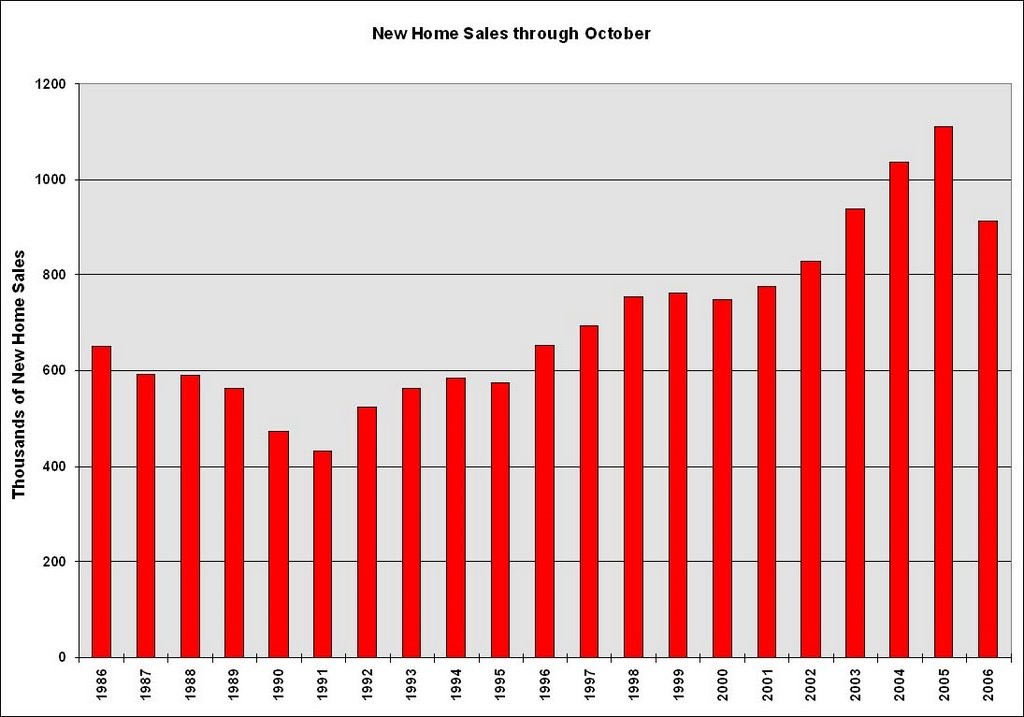Flat Sales for WalMart Warning Sign of Even Weaker Consumer Spending Ahead
Post on: 25 Апрель, 2015 No Comment

The Consumer Confidence Index tracked by the Conference Board plummeted 14% in March 2013 from the previous month. Of the respondents, 36.2% believed jobs are hard to get and only 9.4% thought there were enough jobs out there in the U.S. economy.
As consumer confidence goes the wrong way, I am seeing consumer spending edge downward. Consider core durable goods orders for February. New orders for manufactured durable goods excluding transportation declined 0.5%. (Source: U.S. Census Bureau, March 26, 2013.) Companies aren’t buying!
And inventories of manufactured durable goods have risen in 16 of the last 17 months—today, they stand at their highest level since 1992. Inventories for durable manufactured goods increased 0.4% in February, after a rise of 0.3% in January. What this tells us is that businesses are selling less.
Businesses may want to add to inventory in times of economic growth, but when consumer confidence is anemic, I doubt that is the case. It’s a chain reaction; if consumers think they will face troubles ahead, they hoard their cash. They shy away from buying, and companies sell less.
As consumer confidence falls, retailers often are the first to see consumer spending pull back. Take Wal-Mart Stores, Inc (NYSE/WMT), for example. Wal-Mart is expecting its same-store sales to be flat in its current quarter. (Source: Reuters, March 12, 2013.) Wal-Mart is considered a low-end retailer offering lower prices to consumers. Sales staying flat are nothing but a warning sign for even weaker consumer spending ahead.
As I have been continuously harping on about in these pages, consumer confidence isn’t present in the U.S. economy. It needs to make a comeback in order for consumer spending to increase. (Consumer spending accounts for about two-thirds of America’s gross domestic product [GDP].)
Special: An Important Message from Michael Lombardi:
I’ve identified six time-proven indicators that now all point to a stock market crash in 2015. You can see my latest video, Six Time-Proven Indicators Now All Pointing to a 2015 Stock Market Crash, which spells out why we’re headed for a crash and what you can do to protect yourself and even profit from it, when you click here now.
Dear reader, in the fourth quarter of 2012, U.S. economic growth was so poor that we hardly had any GDP growth. With consumer confidence headed in the wrong direction and consumer spending raising red flags, I will not be surprised to see more troubles ahead for the U.S. economy.
More problems for consumer confidence: the Bureau of Labor Statistics reported that the real average hourly earnings for all employees in the U.S. economy fell 0.6% in February from January. (Source: Bureau of Labor Statistics, March 15, 2013.) How can consumer confidence improve under these conditions?
As mainstream economists continue to focus on the sovereignty of the smallest nation in the eurozone, Cyprus, my worries are focused on the four main economic hubs in the region.
Germany, the main economic hub in the eurozone. is hinting at an economic slowdown ahead, as the crisis in the region becomes more severe. The Ifo Business Climate Index for Germany edged lower in March. Businesses in the country are pessimistic about the current business environment and future business development. (Source: Ifo Institute for Economic Research, March 2013.)
The Flash Manufacturing Purchasing Managers’ Index (PMI) for March showed that Germany is experiencing the slowest growth this year. The Flash PMI dropped to a three-month low to 51 in March, compared to 53.3 in February. (Source: Markit, March 21, 2013.) A reading below 50 indicates contraction in the manufacturing sector.
Similarly, France, the second-biggest economic power in the eurozone, is facing an economic slowdown. The country is faced with high unemployment and an economy that is deteriorating.

Italy, the third-largest producer in the eurozone, is caught in a downward spiral, with its troubles increasing on a daily basis. In January, retail trade in the country decreased 0.5% from December of 2012. Compared to January of 2012, the measure for sales at retail outlets fell three percent. (Source: Italian National Institute of Statistics, March 27, 2013.)
Finally, Spain, the fourth-biggest economy in the eurozone, hasn’t taken any rest from the economic slowdown since the debt crisis began. The central bank of Spain announced the country’s gross domestic product (GDP) will contract by 1.5% in 2013 and unemployment will rise above 27%. (Source: Financial Times. March 26, 2013.)
The Spanish government was forced to get a bailout of 100 billion euros from its eurozone peers when the country’s banks were facing severe liquidity issues. The country has been trying to implement austerity measures, but it’s failing miserably.
Eurozone troubles are here to stay for a long time, as the strongest powers now face their own economic slowdown. And what happens in the eurozone is important to the U.S. economy, because a significant amount of American companies operate in the region. If demand declines in the eurozone and the economic slowdown strengthens, then American companies will suffer.
Dear reader, the “Cyprus problem” is relatively small compared to the situation in countries like France, Germany, Italy, and Spain. But what has happened in Cyprus with the government effectively taxing bank accounts with more than 100,000 euros in them is very significant—a clear indicator of what could be ahead for France, Italy, and Spain.
What He Said:
“We will wish Greenspan never brought rates down so low as to entice so many consumers to have such big mortgages.” Michael Lombardi in Profit Confidential. April 27, 2004. Michael first started warning about the negative repercussions of Greenspan’s low-interest rate policy when the Federal Reserve first dropped interest rates to one percent in 2004.














